
"Time limits are good things, no matter how good a dancer you are, you must know when to leave the stage" - PLO Lumumba. This quote struck a chord when I first came across it, 2 years ago, in a parting shot article by a remarkable woman. The essence of her message stayed with me - the wisdom of knowing when to step aside, ideally at the pinnacle, to avoid diminishing your past achievements. (A link to this would have been better but I can’t seem to find it).
While this is seemingly a difficult thing to do especially in tech communities, I’m inspired by our community lead, Esther, and her decision to pass on the leadership baton for our community to the new lead. Maryanne. In her footsteps, I follow, as 2023 marked my last year as the design lead for She Code Africa Nairobi. I share here a reflection on my journey:
Looking back…
My journey began two years ago as a request to join the CORE team as the Design lead for SCA Nairobi. Intrigued by the possibility of gaining an insider's view on leading and managing a community - something I was considering - I said yes, that was my motivation. I cannot insist enough on the importance of defining your why before taking up a role to serve a community because that will be the reason you consistently show up.
Armed as I was with my knack for organization and a meticulously planned calendar of necessary assets, life happened and my real job became all-consuming, leaving me with little time or energy for anything else. I needed help. It was at this time that I realized that I should have built a team earlier on when it was all rainbows and sunshine. I sought out designers from the community. However, they came and went as quickly as they arrived - expect this in a community role, that or they’ll show up when it’s convenient for them.
It was at this point that my motivation to manage communities dwindled, I realized how hard it was to keep volunteers motivated and around without a paycheck to anchor them. Hats off to all the community managers out there, it's no small feat. I chose to focus on what I do best: design. This role became my canvas, a place where I had creative liberty - a refreshing change from my work then. This was now my new motivation to keep doing this.
If you’ve worked as a designer in Kenya, you’ll agree with me that a lot of times it feels like pixel pushing - you hold the pen, yet someone else seems to guide your hand. Being in a role where I had the autonomy to reject/challenge feedback allowed me to better understand this dynamic - The tendency to offer solutions to designers rather than point out the need/problem and let them address it. It was in this role that I honed my ability to decipher feedback- what my current manager terms as ignoring the solution to uncover the problem.
While this approach worked for me and the stage I was at in my career, It did not work for my juniors. It was a double-edged sword to point out a problem in a design done by a junior. The chances of it landing as criticism, as opposed to an opportunity to get creative, were very high. It was through working with and mentoring 5 designers in this role that I practiced delivering feedback to my juniors. Truth be told dear reader, I fumbled at the start of this! I have had to constantly learn and relearn with every new designer I work with.
The delicate balance of mentoring someone is not creating them in your image, but allowing them to create themselves. Below is a good example of what that looks like in some poster designs for SCA Nairobi. On the right is a design by one of the designers I had the pleasure of working with, her approach to design was maximalist and asymmetric. On the left is a design I worked on, my approach to design was symmetric and minimalist. This is my earliest recollection of appreciation of the diverse design styles without judgment based on my preferences.

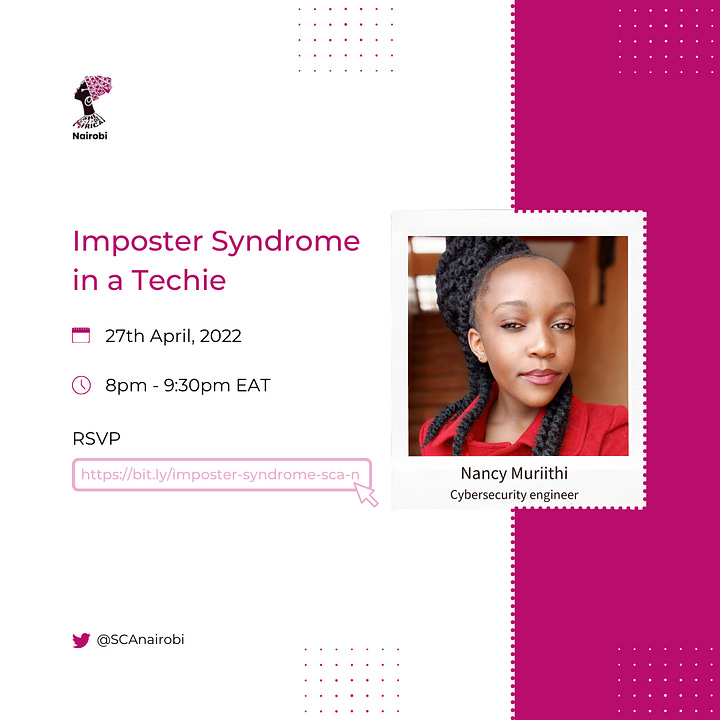
The highest form of appreciation of diverse design styles was in practicing graphic design. I’m a UX/UI designer by profession and I often encounter, a lot of opinion pieces on “Graphic design is not UX/UI”. Here is my perspective after practicing both: UX, at its core, focuses on comprehending users to provide a usable, useful, and meaningful experience. While it should inspire UI, it tends to be overlooked, resulting in a plethora of UI designs bearing UX/UI titles. When you remove UX from UI ain’t it just some nice graphics? Here are some nice graphics 😭, I mean UI, I did for SCA Nairobi during my time. May the gods of UX forgive me for not paying my respects. 😔
I’m simply saying, that if you can tackle UI, you can handle graphics to some extent, both fall under visual design with consistent principles. The question of whether you should do it in your UI role is up to you and your clients/employers. However, I cannot confidently say the reverse is true, if you are proficient in graphic design, there’s a high chance you’ll overlook technical feasibility, as seen in awe-inspiring designs on platforms like Dribbble and Behance. As for the tools to use Canva is just fine, if that’s not your main role, or is it not?
To sum it up…
If I could sum up my experience, I’d wrap it up in a set of principles.
Be excellent always. I often hear designers say you will get what you paid for. Given this was a volunteer role, I wonder what the outcome would have been if I had gone by this principle. I firmly believe that if you are going to do something do it to the best of your ability or don’t do it at all.
Embrace imperfection in design. Design is never truly complete, you can iterate forever, so you’ve got to know when to stop and push it out. Accepting incompleteness allows progress. Pursue excellence, not perfection.
Continuously improve the imperfect. Every new design is an opportunity to do better, so keep track of what needs to improve and improve 1% in each work you put out. Simply put: I will do better until I know better and once I know better I will do better.
Forging ahead…
I pass on the baton, to a remarkable designer, whom I’ve had the pleasure of working with and mentoring for the last 9 months. Allow me to introduce, Christine, the new design lead SCA Nairobi. I believe she embodies the principles aforementioned and will continue the ripple effect, inspiring a new generation of skilled women in tech, in this community and beyond. May my experiences serve as a guide and inspiration for her and those to come.
I carry with me the lessons and relationships built, as I open a new Canvas on Webflow — a visual development environment challenging the bounds of technical feasibility. Can the awe-inspiring designs on Behance and Dribbble be brought to life with less code/ No-Code? I’m about to find out. You can join me at Floxies. I leave you with some of my favorite works:
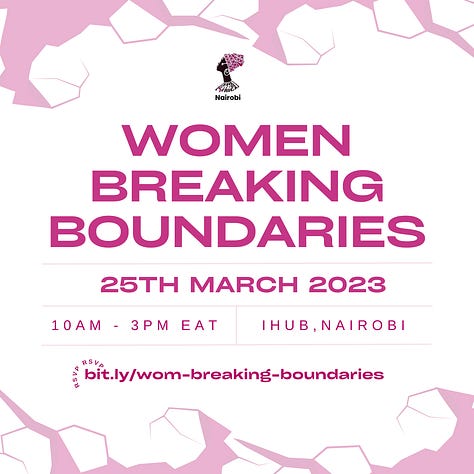



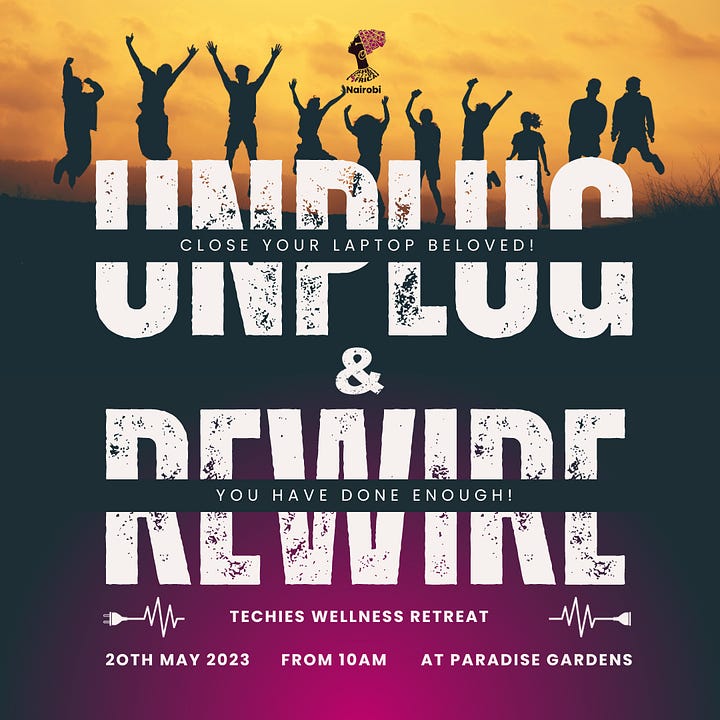




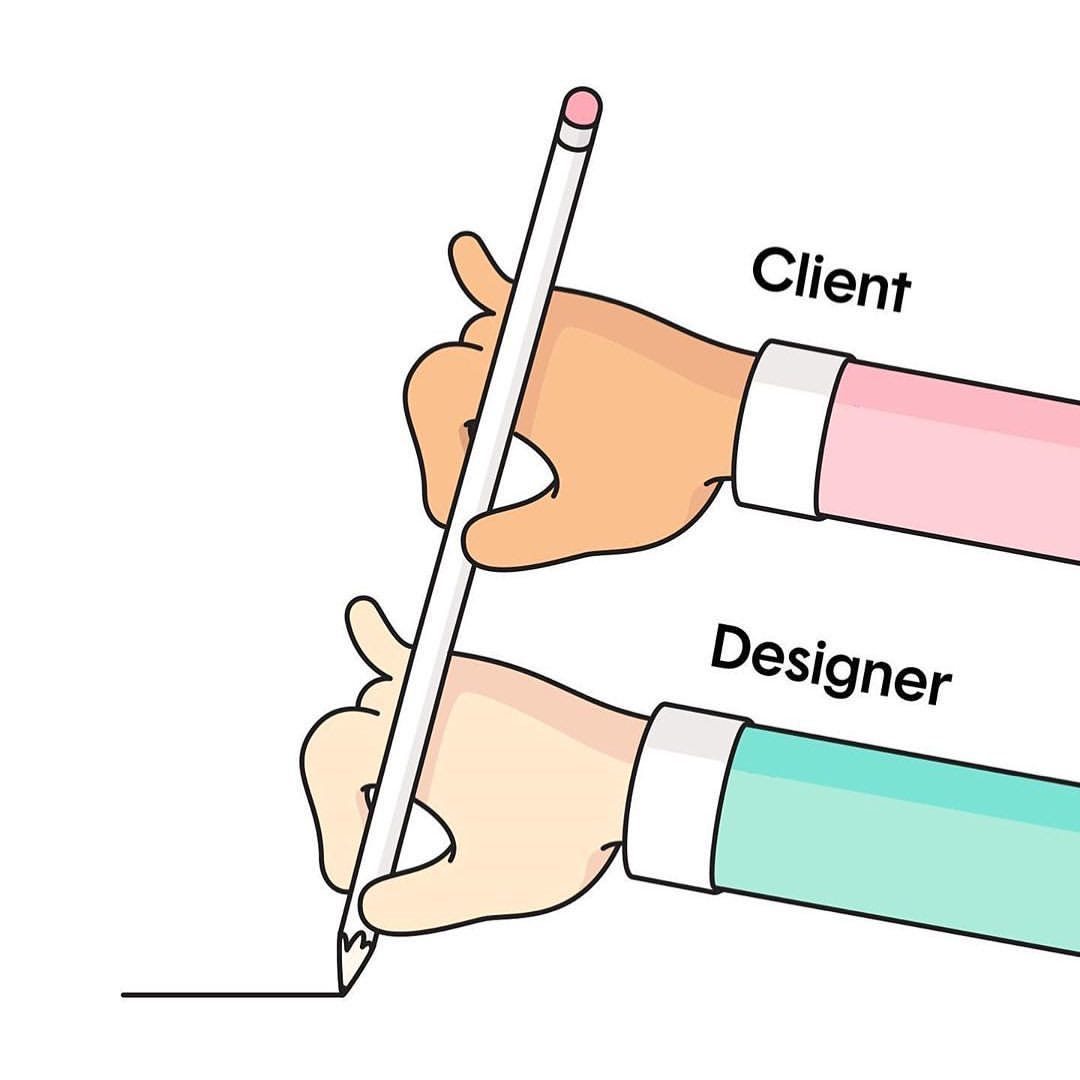
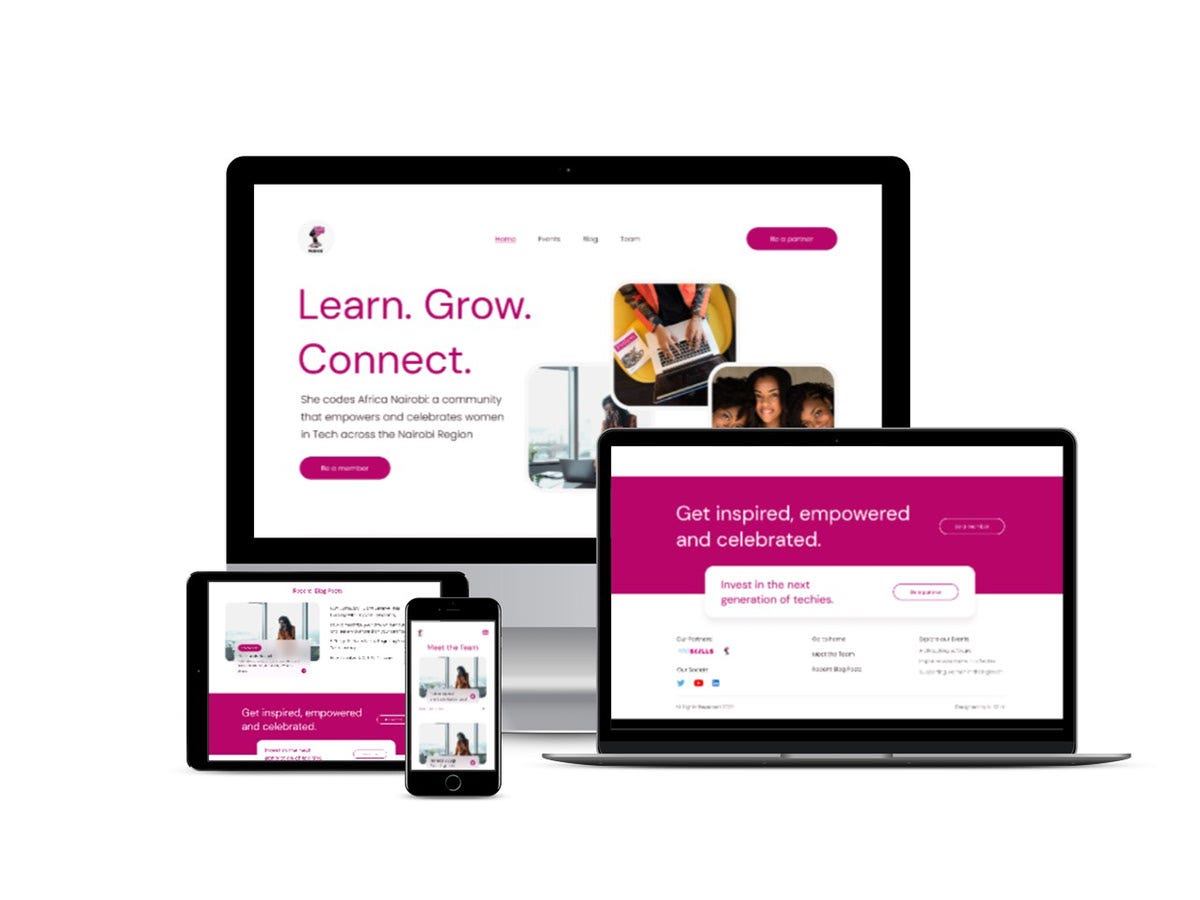
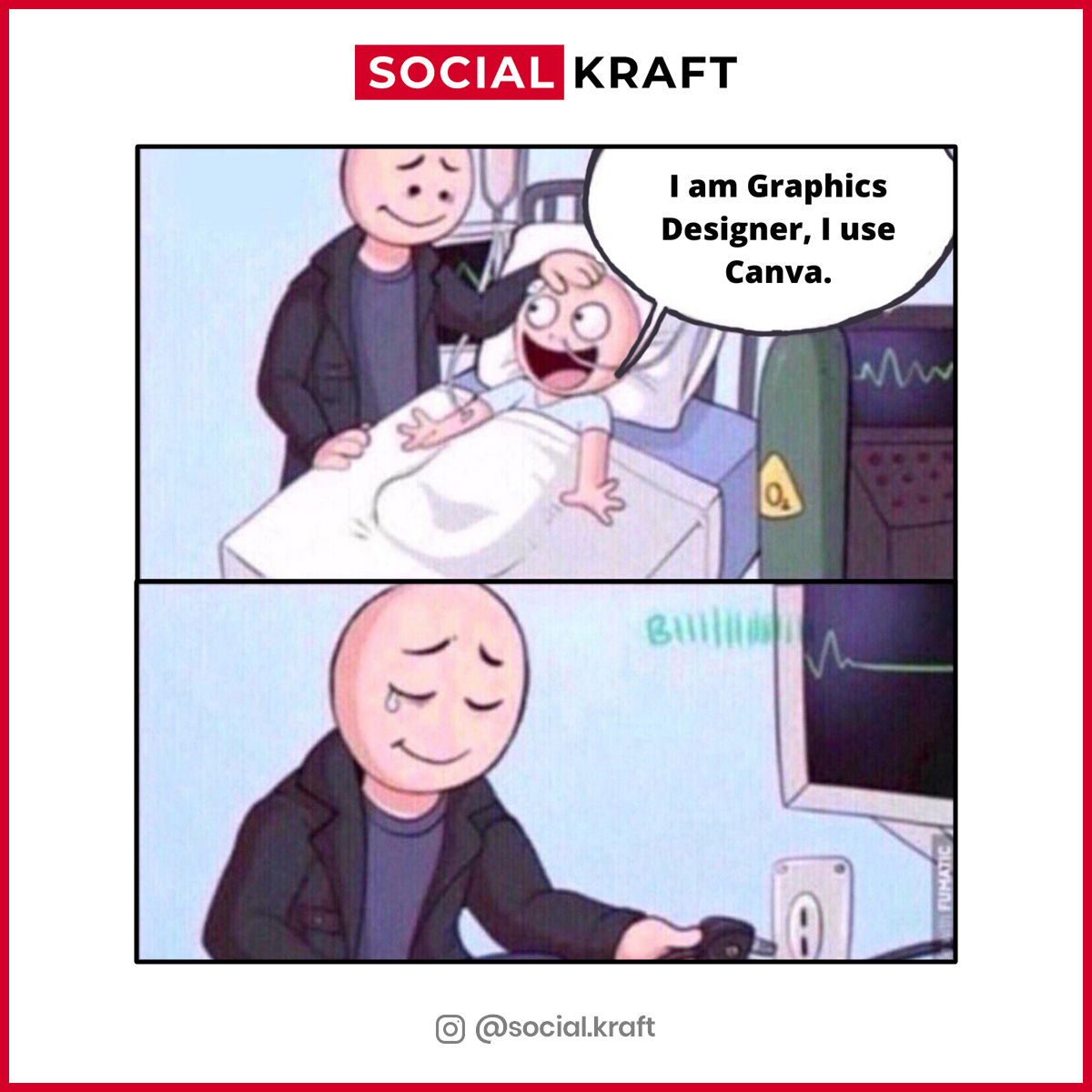
Amazing article. keep up the good work.
Muthara MMA & Self Defense school is proud. 🤝
Your awesome journey leading designs at SCA Nairobi is truly inspiring.
I am honored to step into the role of design lead and wish you the very best as you dive into Webflow